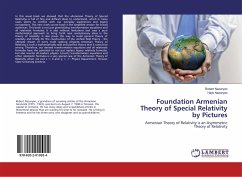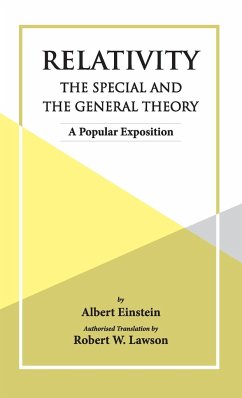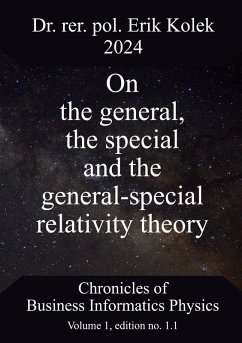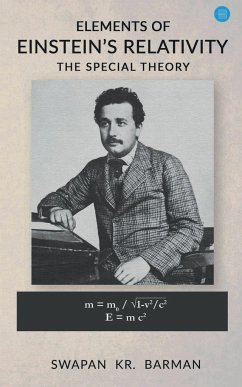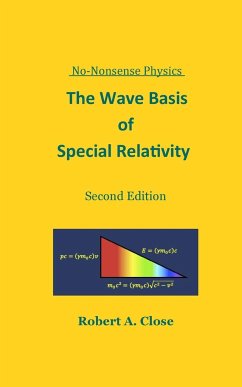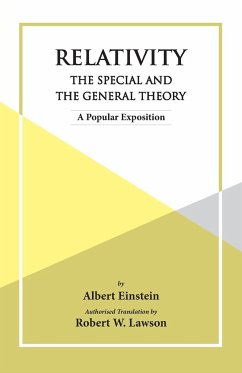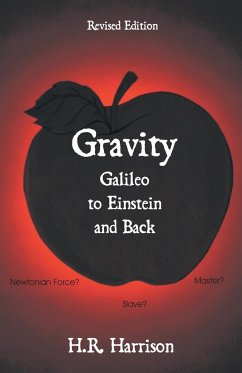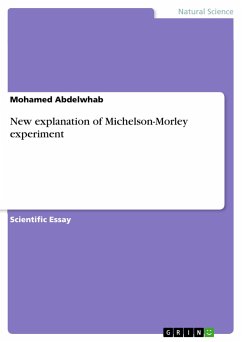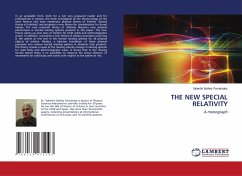
THE NEW SPECIAL RELATIVITY
A monograph
Versandkostenfrei!
Versandfertig in 6-10 Tagen
36,99 €
inkl. MwSt.

PAYBACK Punkte
18 °P sammeln!
In an accessible form, both for a not very prepared reader and for professionals in physics, the book investigates all the shortcomings of the most famous and most mysterious physical theory of Einstein "Special theory of relativity" and proposes a new theory for consideration for broad masses. The new universal theory of relativity discovers new physical phenomena in inertial moving systems presents in this paper. The new theory opens up new laws of motion for both solids and electromagnetic waves. In addition, it presents a new theory of physical processes occurring in the system at rest and...
In an accessible form, both for a not very prepared reader and for professionals in physics, the book investigates all the shortcomings of the most famous and most mysterious physical theory of Einstein "Special theory of relativity" and proposes a new theory for consideration for broad masses. The new universal theory of relativity discovers new physical phenomena in inertial moving systems presents in this paper. The new theory opens up new laws of motion for both solids and electromagnetic waves. In addition, it presents a new theory of physical processes occurring in the system at rest and in the inertial moving systems for all physical objects of motion. Besides, a bijective translation of these physical processes into various inertial moving systems in absolute time presents. The theory reveals a cause of the moving velocity change in moving systems for solid body and electromagnetic wave. It shows that in the moving inertial system there is no possibility to measure the actual distance of movements for solid body and waves with respect to the system at rest.




